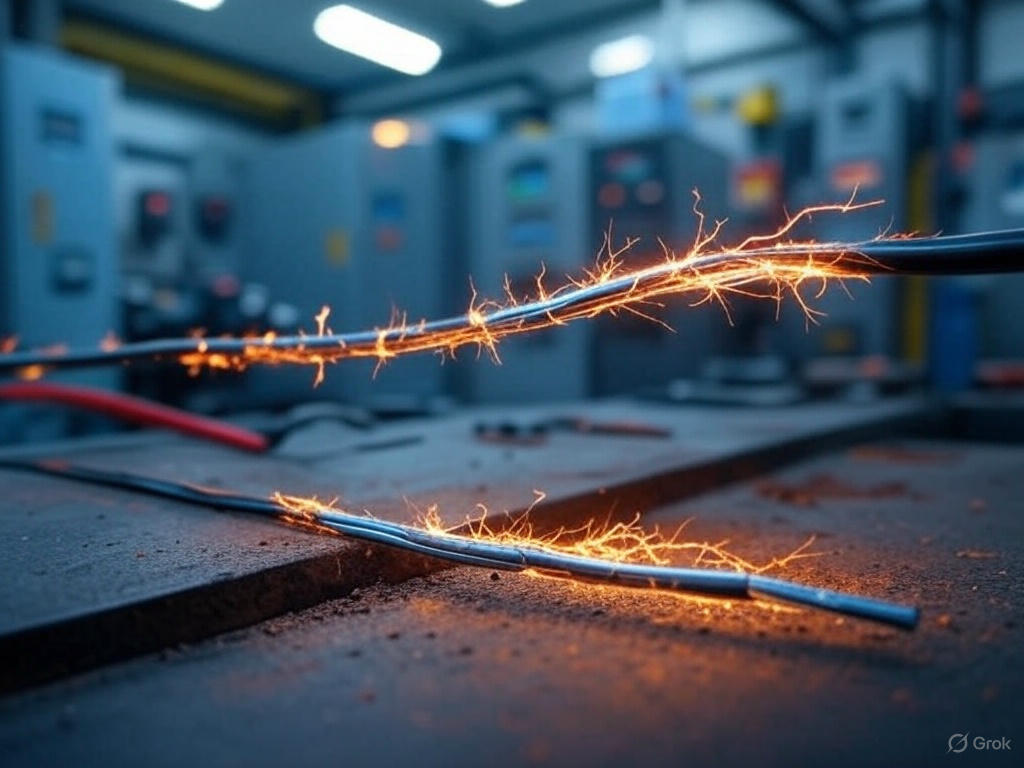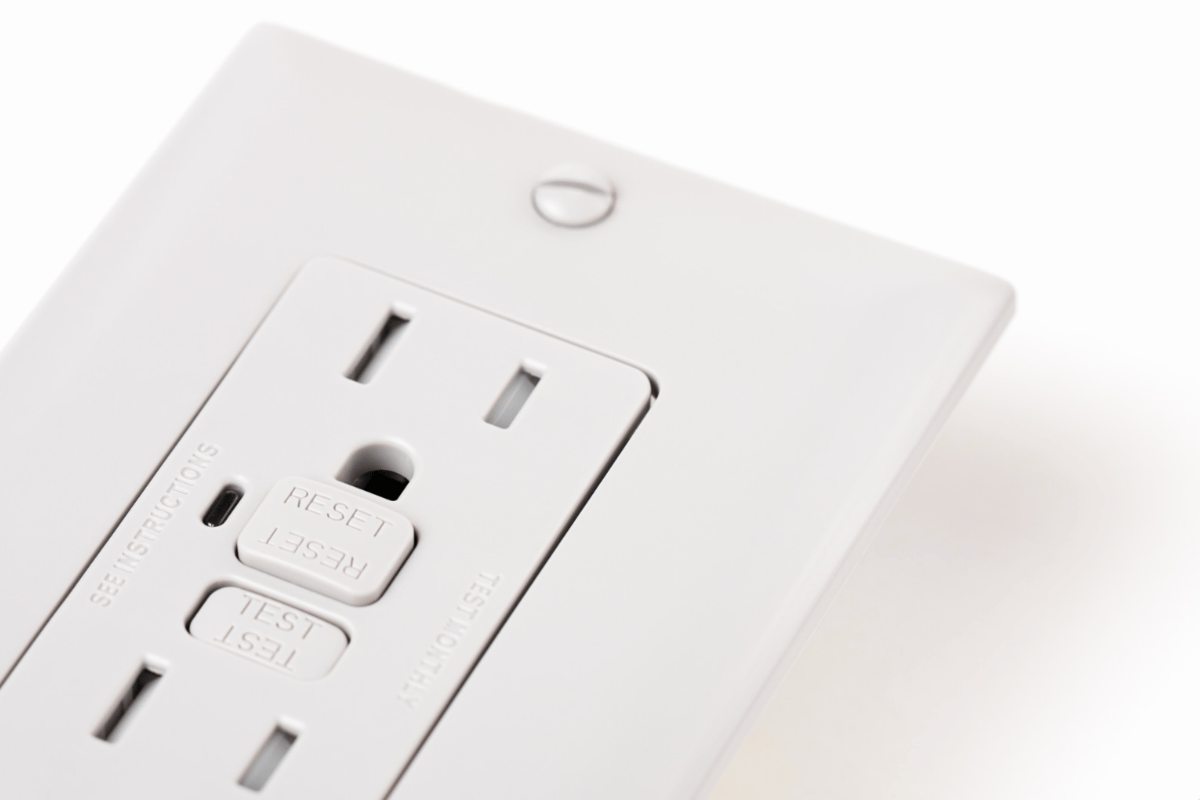You may not see it, but electrical arcing is one of the most dangerous and hidden threats in any home. It happens when electricity jumps from one connection to another, often through the air, due to a loose wire, damaged insulation, or corrosion. The result? High heat, sparks, and sometimes house fires.
Whether your home is brand-new or decades old, knowing the signs of electrical arcing—and how to prevent it—can protect your family and your property.
Let’s break down the causes, warning signs, and how using tools like an electrical circuit tracer can help keep your wiring safe and sound.
What Is Electrical Arcing?
Electrical arcing occurs when there’s a break in a circuit or a loose connection, and electricity tries to jump from one conductor to another. This arc creates intense heat, often exceeding 10,000°F—hot enough to ignite nearby materials.
It’s one of the most common causes of:
- House fires
- Electrical shocks
- Damaged devices and appliances
And it’s especially dangerous because it can happen behind walls where you can’t see it.
Common Causes of Electrical Arcing
So what triggers this silent hazard? Here are the most common causes:
- Loose or corroded connections – Often found in outlets, switches, or breaker panels.
- Damaged or aging wires – Wires with cracked insulation or exposed copper are a serious risk.
- Overloaded circuits – Too many devices on one circuit can increase the chance of overheating.
- Rodents – Yep, chewed wires can expose conductors and lead to arcing.
- DIY electrical work – Improper installations or amateur wiring jobs can easily result in unsafe connections.
Signs You May Have Electrical Arcing
Keep an eye (and ear) out for these warning signs:
- Flickering or dimming lights
- Buzzing or sizzling sounds behind walls
- Burning smell near outlets or switches
- Tripped breakers that happen frequently
- Discolored or warm outlets
If you notice any of these, stop using the affected circuit and call a professional immediately.
How to Detect and Prevent Arcing
The best way to prevent arcing is to catch it early—and that’s where an electrical circuit tracer comes in. This tool helps electricians trace wires through walls and ceilings, locate faults, and identify breaks in the circuit before they become dangerous.
It’s especially helpful when:
- You’re adding new outlets or switches
- You’re upgrading your home’s electrical system
- You’re troubleshooting flickering lights or power drops
Professionals also recommend installing an arc detector breaker, which is designed to trip when it senses arc faults, reducing the risk of fire instantly.
Other Safety Upgrades to Consider
Here are a few more ways to strengthen your home’s defense against electrical arcing:
- Install tamper-resistant outlets in high-traffic areas.
- Use weather-rated outdoor electrical outlet covers to prevent moisture-related shorts.
- Upgrade from outdated panels like a challenger electrical panel to a modern one that can handle today’s energy demands.
- If you’re unsure about the integrity of your system, bring in commercial electricians or a residential electrician to do a full inspection.
Final Thoughts
Electrical arcing is a serious threat—but one you can often prevent with the right knowledge and tools. Using an electrical circuit tracer to inspect your wiring, combined with modern safety devices like arc fault breakers, gives you peace of mind and a safer home.
If you suspect any signs of arcing, don’t wait. A small spark behind the wall can turn into something far more dangerous. Contact a licensed electrician for a professional inspection and make sure your system is as safe as it is functional.









